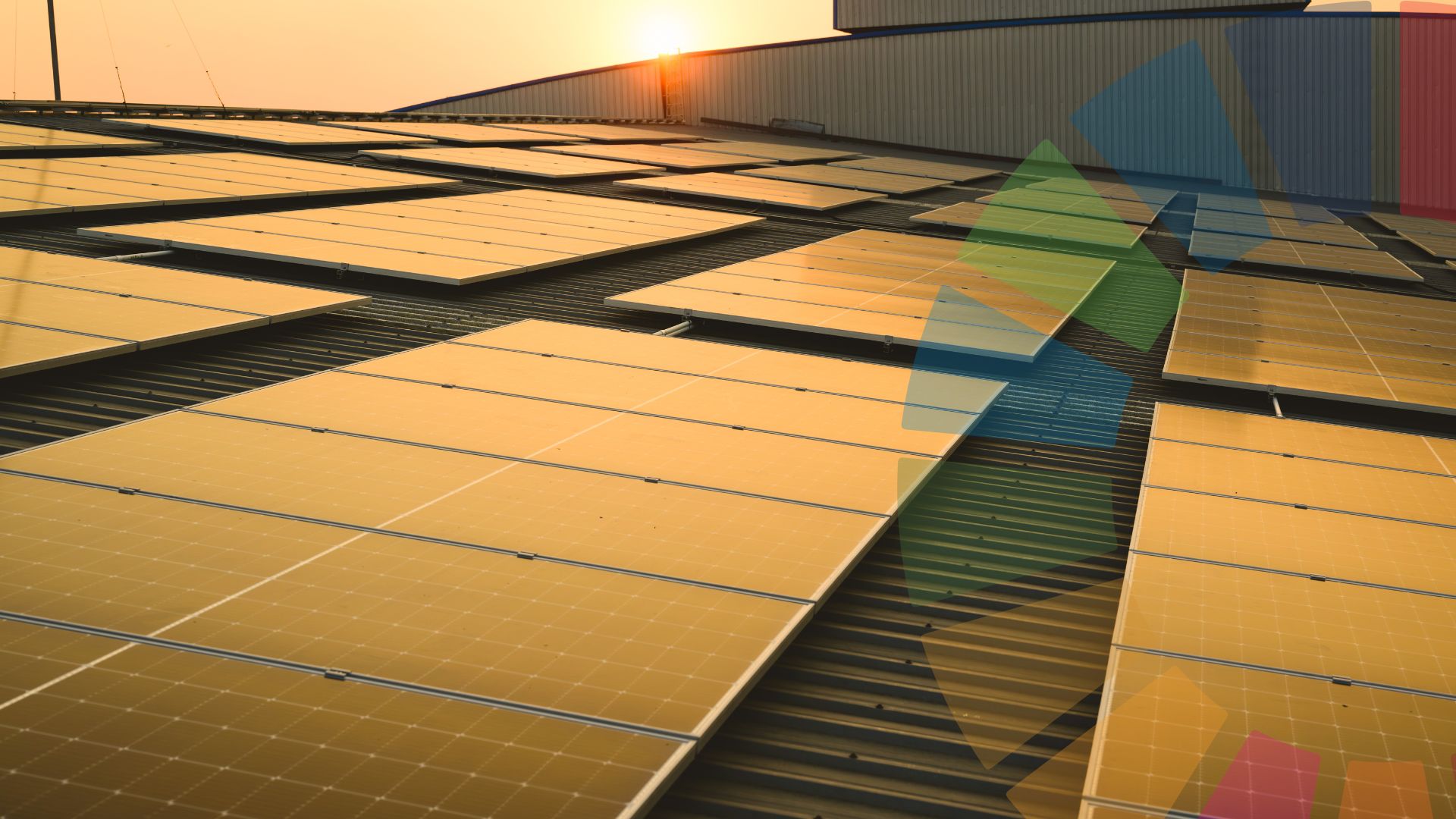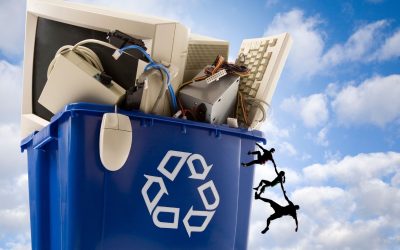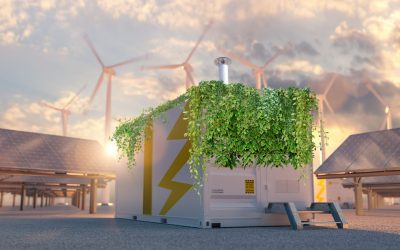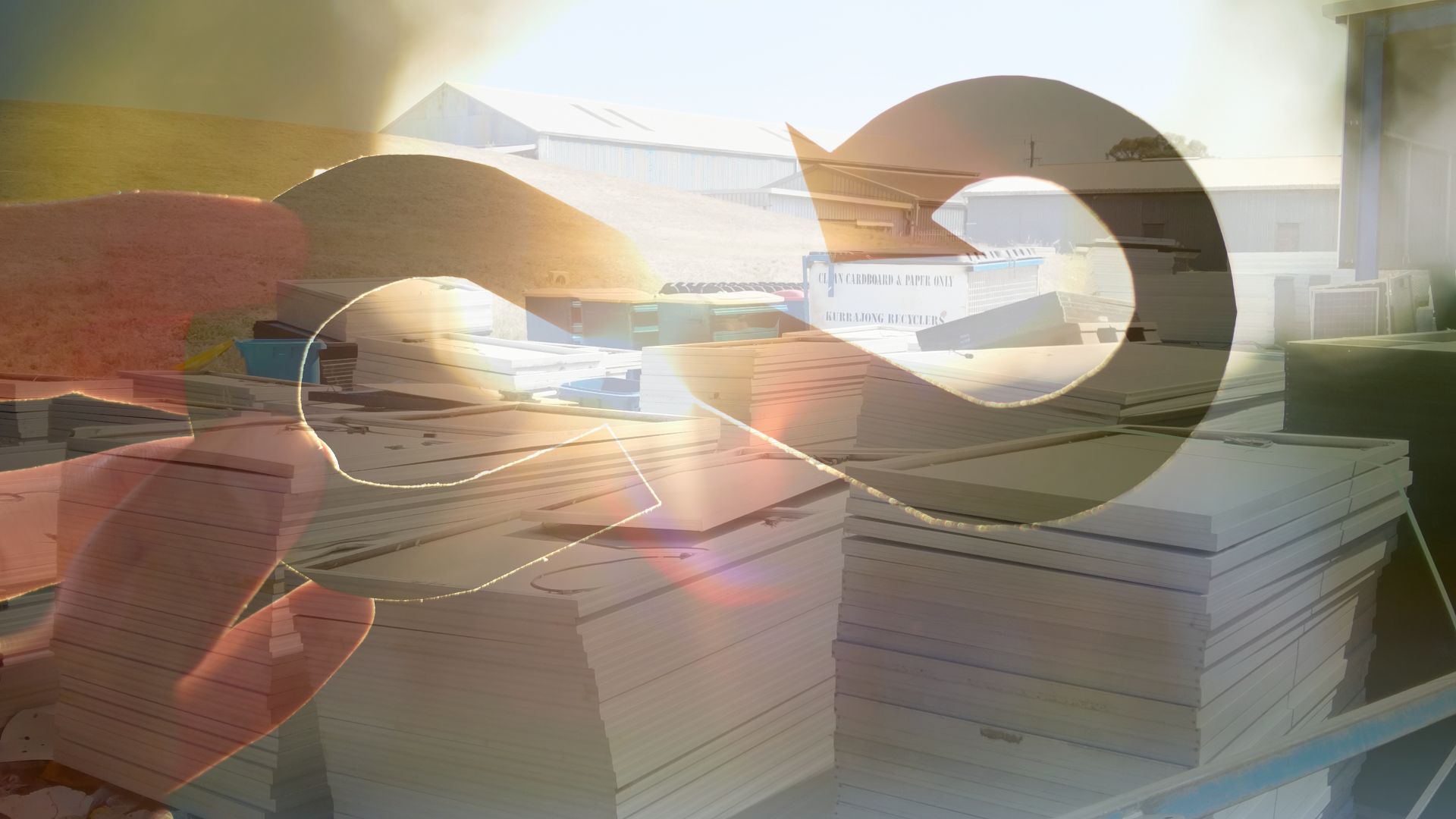
Top 3 Victorian Councils with the Largest Solar Panel Waste Problem by 2030—Is Yours on the List?
As solar energy continues to power homes, businesses, and communities across Victoria, a new challenge is emerging on the horizon—solar panel waste. While solar energy is an incredible renewable resource, what happens to the panels when they need to be replaced? By 2030, many Victorian councils will be facing a massive influx of solar panels entering the waste stream, and without proper planning, this could create a serious waste problem.
The problem is clear: solar panel waste is set to surge, and local councils will be responsible for managing the recycling or reuse of these materials. The big question is—is your council ready for it?
In this post we will cover why Councils need to start planning now, what you can do about solar panel waste, discover that many of these panels may not be “waste” at all, and finally we will reveal the Top 3 Victorian Councils Facing the Biggest Solar Panel Waste Problem by 2030.
The Urgency of Solar Panel Waste: What’s at Stake?
Australia leads the way with rooftop solar systems and it’s easy to focus on the positives—reduced energy costs, lower emissions, and a step toward sustainability goals. But as these systems age, the volume of solar panel waste will continue to rise, creating an environmental and logistical challenge for Councils.
Here’s where things get even more interesting: based on our work with the CSIRO we estimate that more than half of the solar panels expected to be decommissioned by 2030 are still fully functional. Rather than discarding them, councils have a unique opportunity to reuse or refurbish these panels, turning what could be a waste crisis into a sustainability success story.
The need for action is urgent. Councils must plan ahead, or risk being inundated with these panels —undermining their environmental goals and missing out on the benefits of the circular economy.
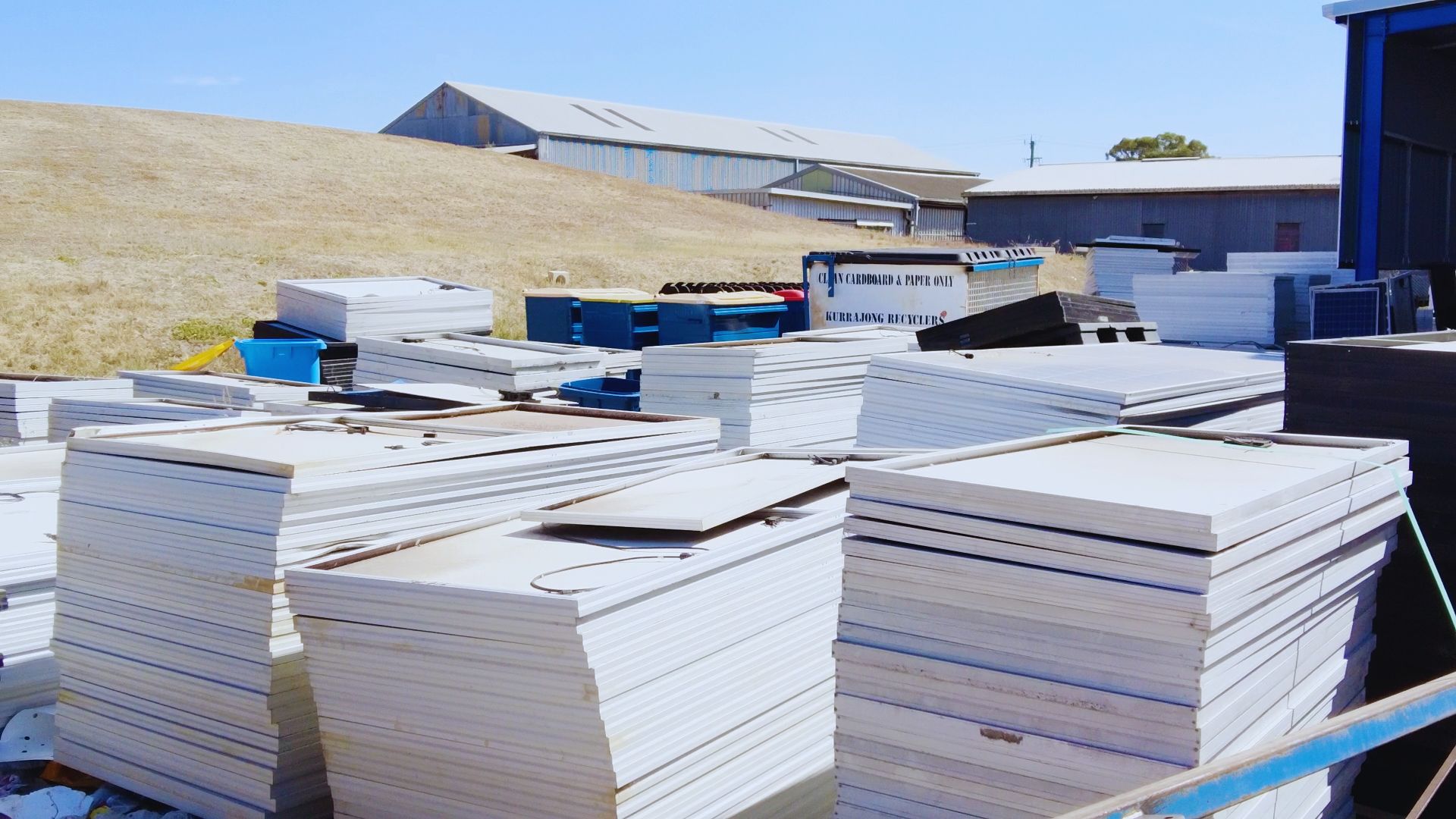
The tip of the iceberg – Solar Panels at the Kurrajong Recycling Facility in Wagga Wagga NSW, March 2024
At Second Life Solar we have testing technology developed in partnership with the CSIRO to help councils make money from solar panel reuse. This video shows a field trial of this technology.
What Can Councils Do About Solar Panel Waste?
1. Extend the Service Life of Your Solar Systems in your Council Area
The simplest way to delay solar panel waste is to ensure that existing systems operate efficiently for as long as possible. By encouraging solar system owners to do regular maintenance—such as cleaning panels, inspecting wiring, and conducting system check-ups—system owners can get decades of service from their solar installations. Extending the life of solar panels helps reduce waste, delays the need for infrastructure to manage this waste, and saves on costs.
Encouraging solar system maintenance aligns perfectly with the circular economy’s focus on extending the lifespan of products to minimise resource use and waste.
2. Reuse: Design for Reuse or Integrate Reused Panels in New Projects
A core principle of the circular economy is designing for reuse. Solar panels typically last 25-30 years, but in many cases systems are removed earlier due to building renovations or other factors. Instead of letting perfectly good panels go to waste, councils should encouraging designing systems that can be disassembled and reused.
At Second Life Solar, we partner with Solpod to design modular solar systems that can be easily relocated and reused. This design for reuse approach has been demonstrated on Google Australia’s HQ in Sydney, where this 100kW system can be easily removed and reused elsewhere when needed.
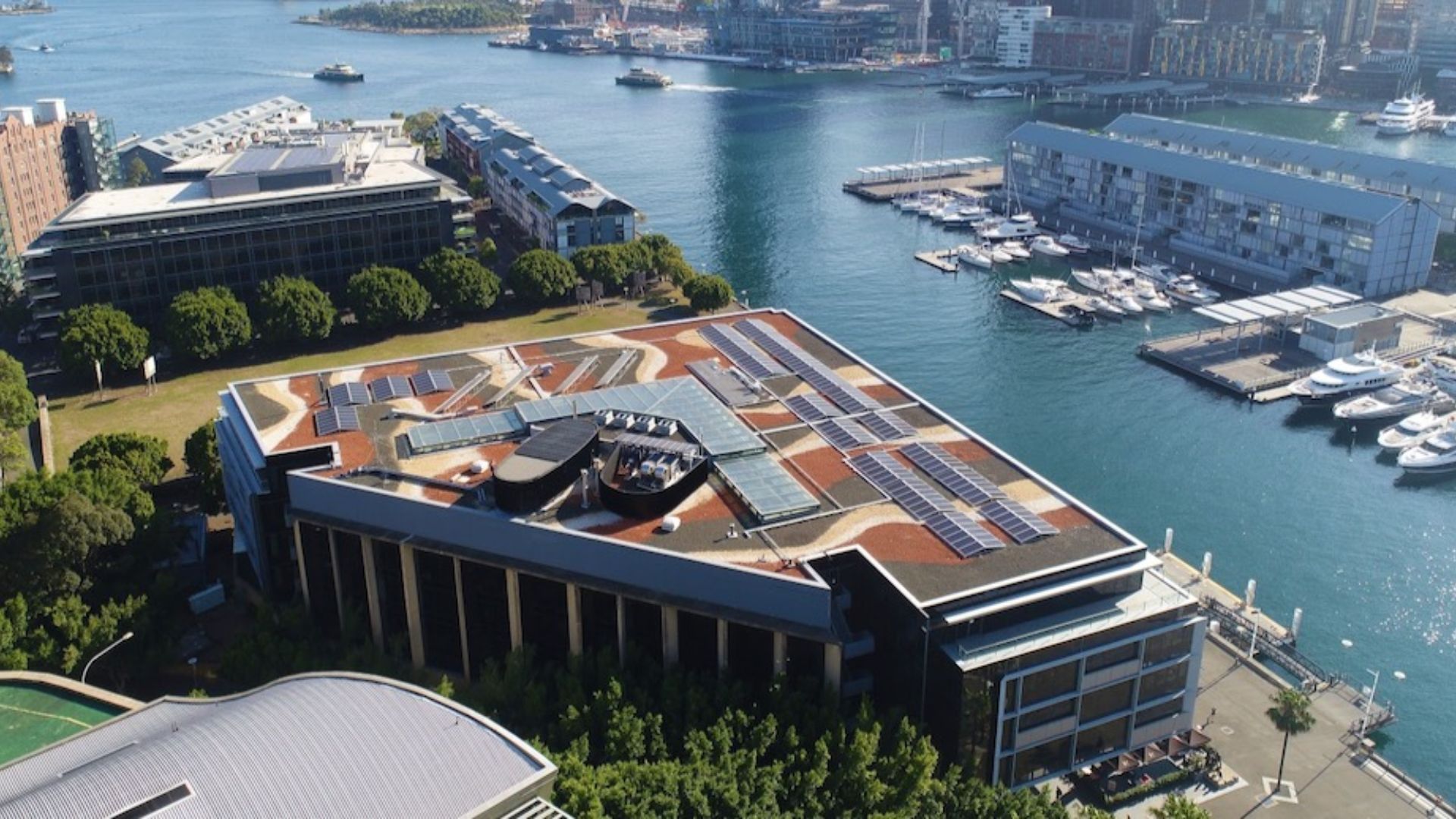
Designed for Reuse
100kW system designed for easy reuse at Google HQ, GPT’s ‘Workplace 6’ building in Pyrmont, Sydney
Another option is to integrate pre-owned or refurbished panels into new installations. With advancements in testing and refurbishing technology, pre-owned panels can still deliver high efficiency and meet sustainability targets. For example, in July 2024, in a project led by our team, Kurrajong Recycling in Wagga Wagga installed a 100kW solar system composed entirely of reused panels, preventing perfectly good materials from ending up in landfill. And best of all, the system was installed at zero upfront cost to the customer and is saving the facility money on their energy costs.
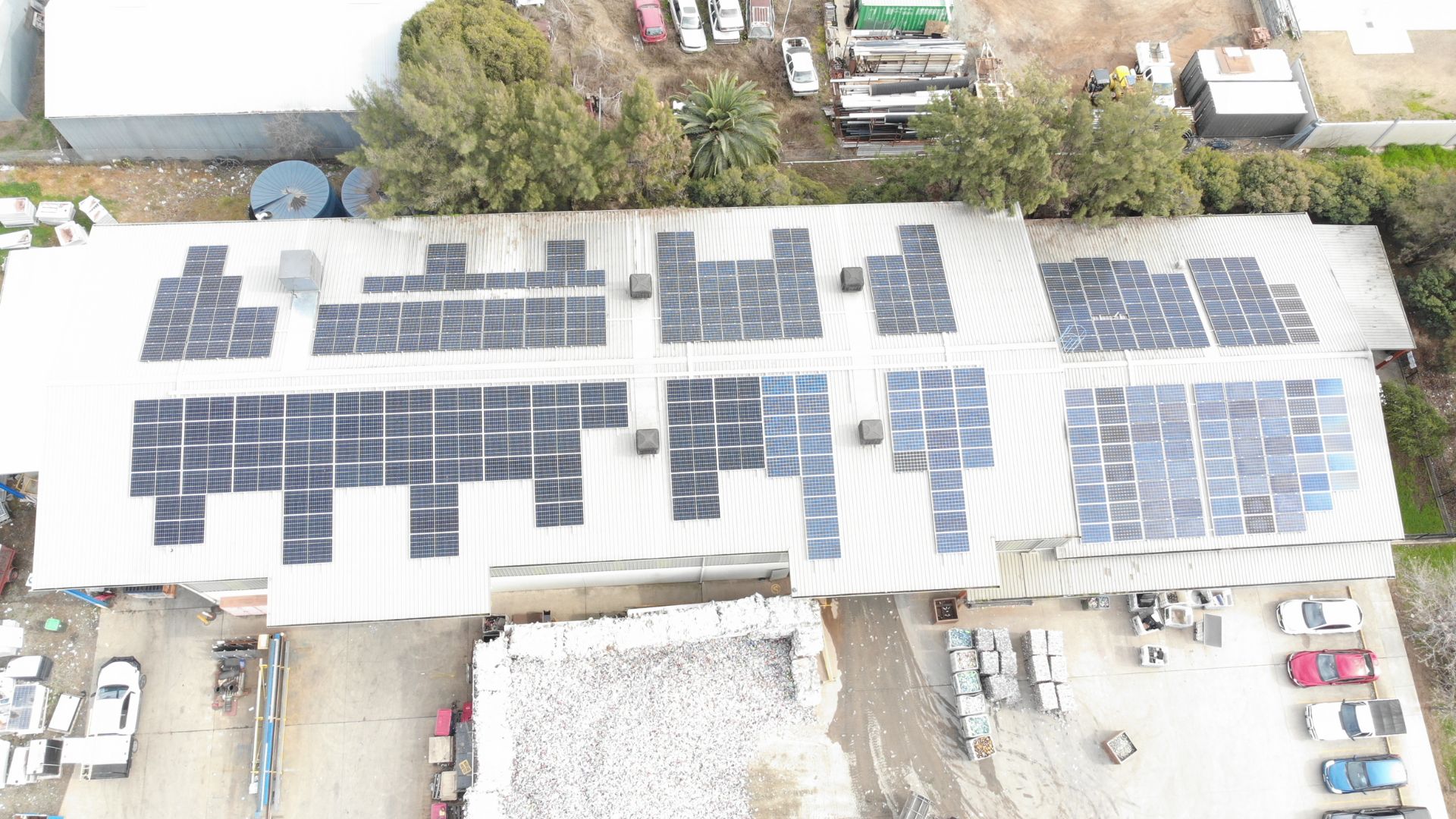
Incorporating Reused PV Panels
100kW Solar System consisting of 100% reused solar panels installed by Solar Professionals for Kurrajong Recycling, Wagga Wagga NSW
3. Create a Recycling Plan for End-of-Life Panels
Eventually, even the most well-maintained panels will reach the end of their service life. Councils must ensure they have a plan in place to recycle solar panels responsibly. Solar panels contain valuable materials like silicon, glass, and metals, all of which can be recovered and reused.
By partnering with recycling facilities, councils can ensure that when panels do need to be replaced, they are properly recycled, keeping valuable materials out of landfill. At Second Life Solar, we work closely with councils and recyclers to help them plan for the expected influx of solar panel waste, providing detailed data and recommendations to assist with future resource management.
The Top 3 Victorian Councils Facing the Biggest Solar Panel Waste Problem by 2030
So, which councils are facing the largest solar panel waste problem by 2030? According to our data, the following Victorian councils are projected to have the most significant volumes of solar panels being decommissioned in their council areas:
- Casey City Council – Expected to accumulate 187,500 solar panels by 2030.
- Greater Geelong Council – Expected to accumulate 147,700 solar panels by 2030.
- Wyndham City Council – Expected to accumulate 119,000 solar panels by 2030.
These councils will face the most substantial waste management challenges, but they also have the greatest opportunity to turn this problem into a win for the circular economy.
The good news? We expect that more than half of these panels will still be fully functional and if reused could generate 63.3MW of new solar energy capacity just from these 3 council areas alone— but only if councils take action now.
How Does Your Council Rank?
Is your council prepared to handle the solar panel waste challenge ahead? Don’t wait until it’s too late. Contact Second Life Solar today to receive a personalised report on the expected volume of solar panel waste in your area and discover how you can turn potential waste into valuable resources. We have data for every council area in Australia.
Others Also Liked These Insights
Which NSW Councils Top the Solar Panel Waste Leaderboard?
By 2030, councils across NSW will face the challenge of managing a massive influx of decommissioned solar panels. Find our which councils are facing the biggest challenges.
Building Trust in Recycling: How Second Life Solar Systems Can Help Your Business Showcase a Circular Economy
The recycling industry in Australia is facing a serious challenge—trust. Recent studies show 49% of Australians identify a lack of trust in the recycling process as a barrier to participating in recycling as a society.
How to Solve the Problem of Diesel Generators in Renewable Energy Construction Projects – 4 Low Carbon Alternatives
Renewable energy projects aim to reduce our dependence on fossil fuels. But there’s a glaring irony: diesel generators are still widely used during their construction. Here are four low-carbon options that can replace traditional diesel generators for renewable energy construction projects.
Need help integrating circularity into your solar energy project?
hello@secondlifesolar.com.au
